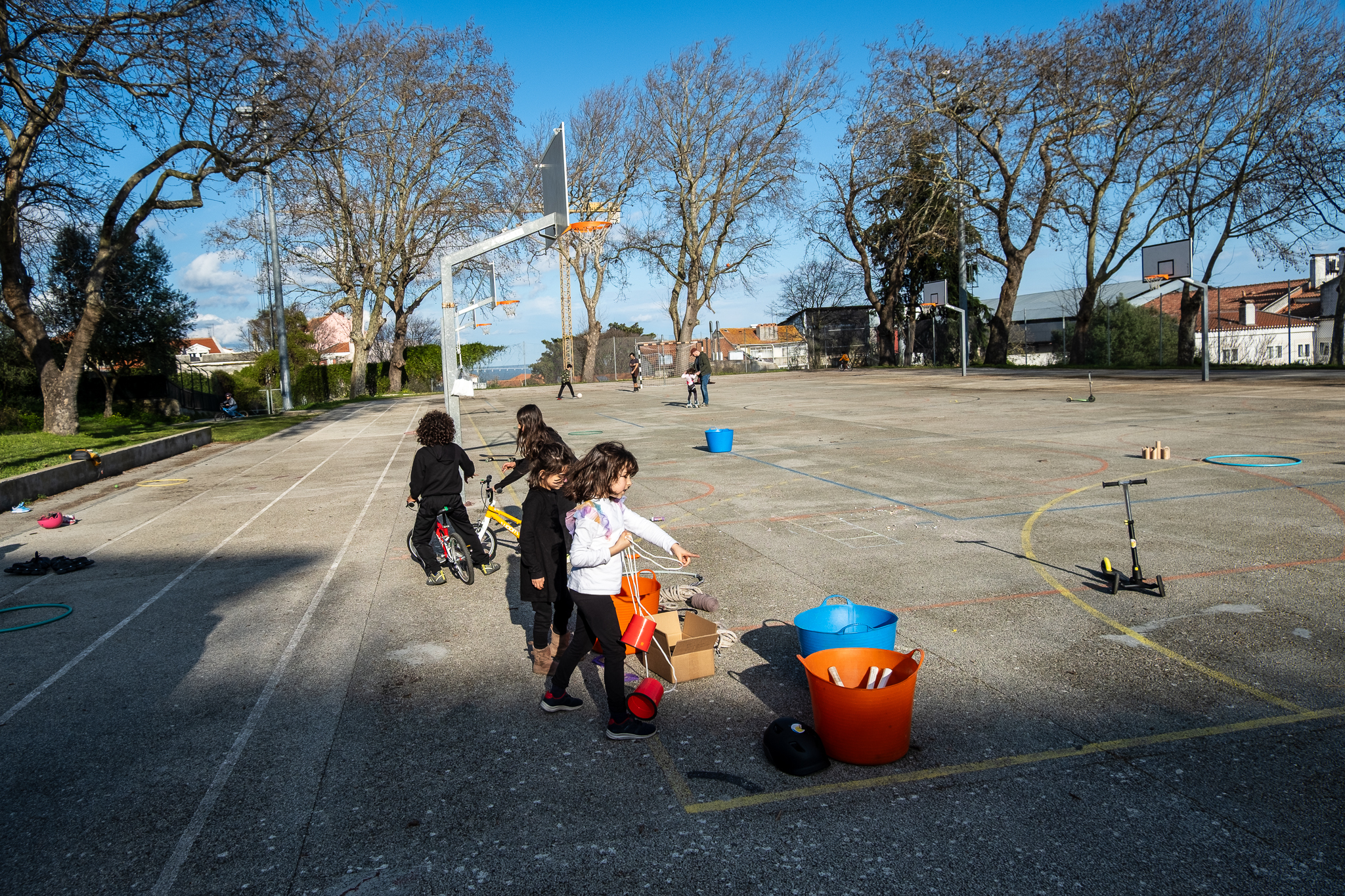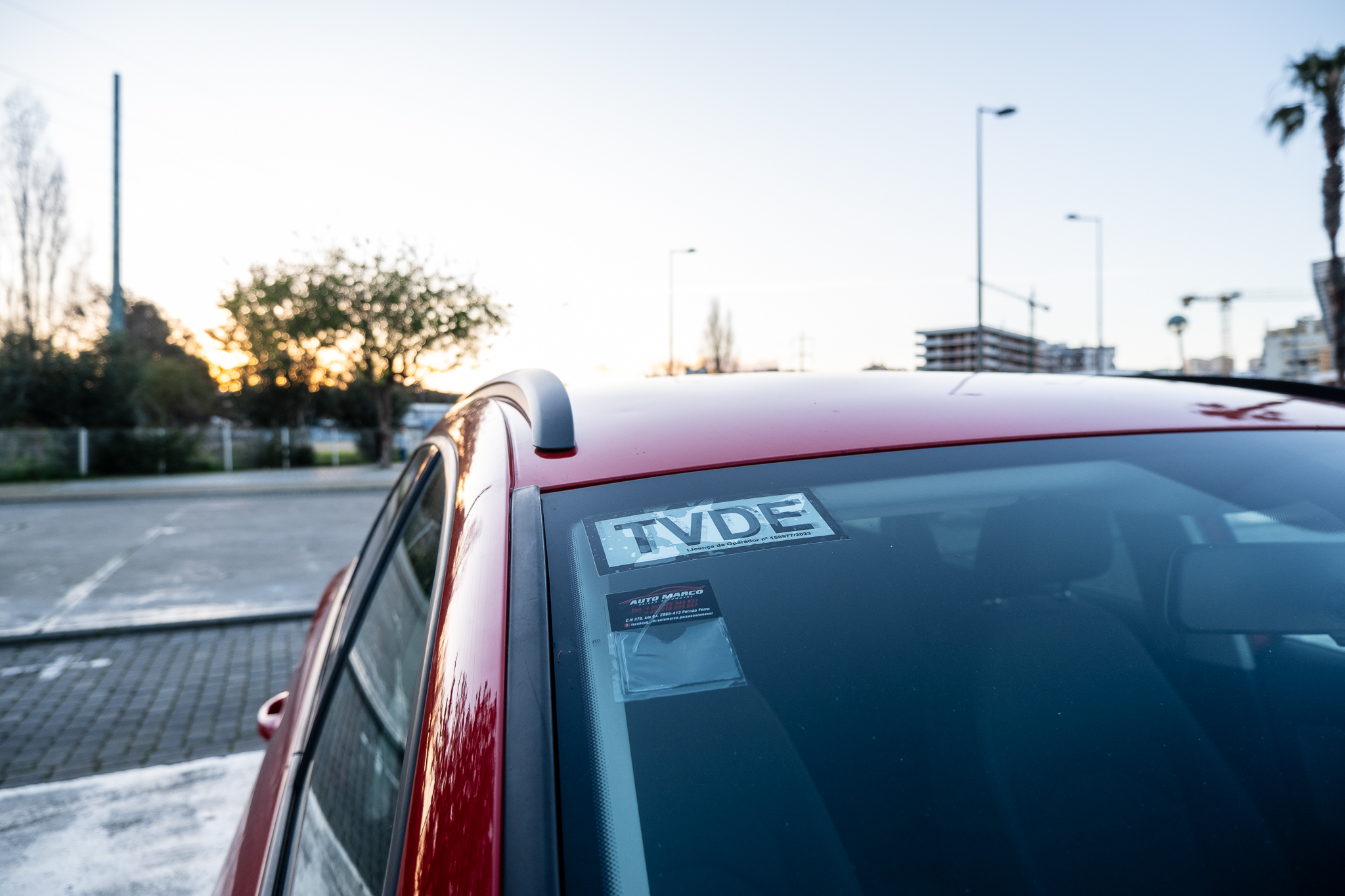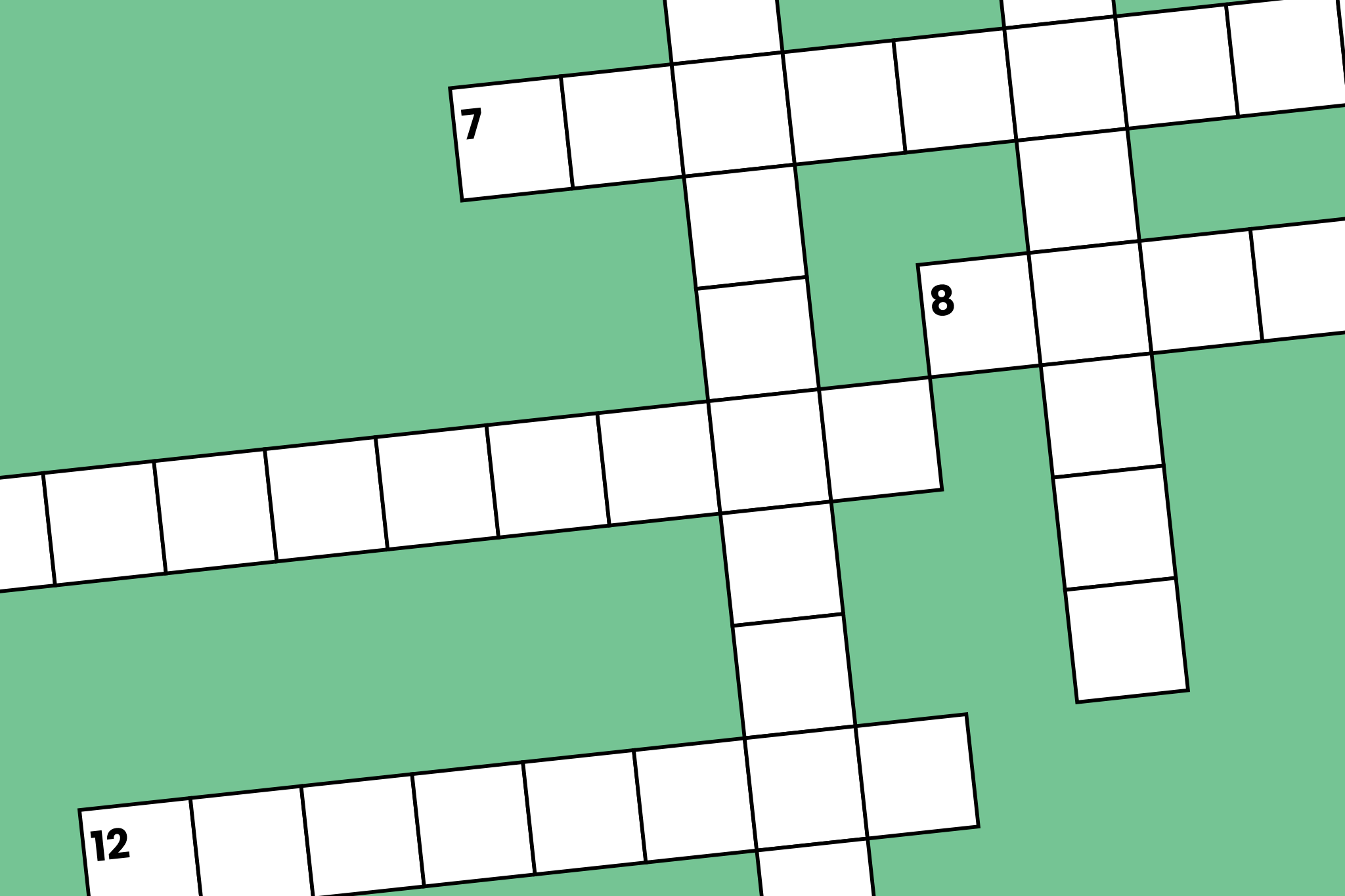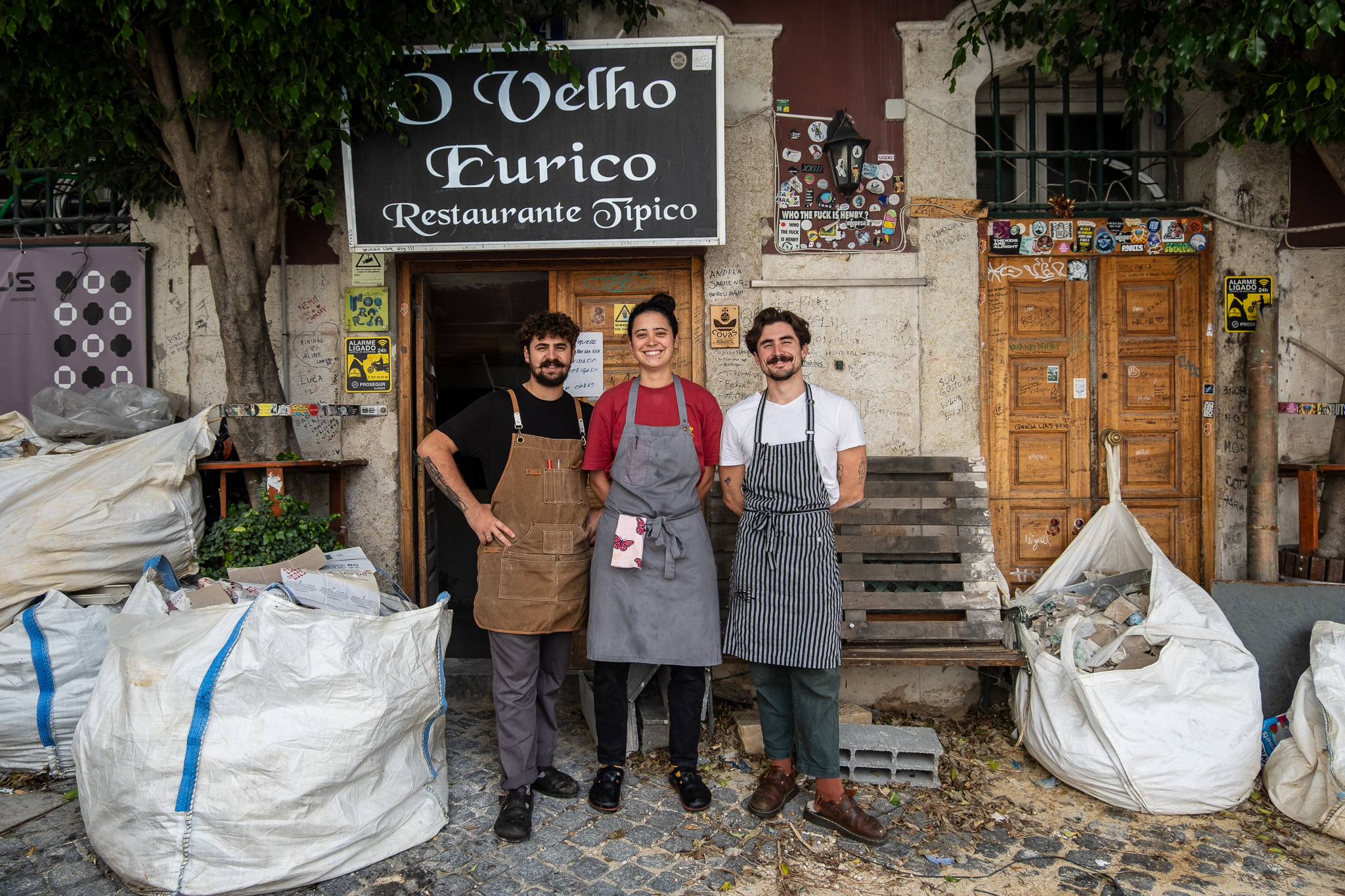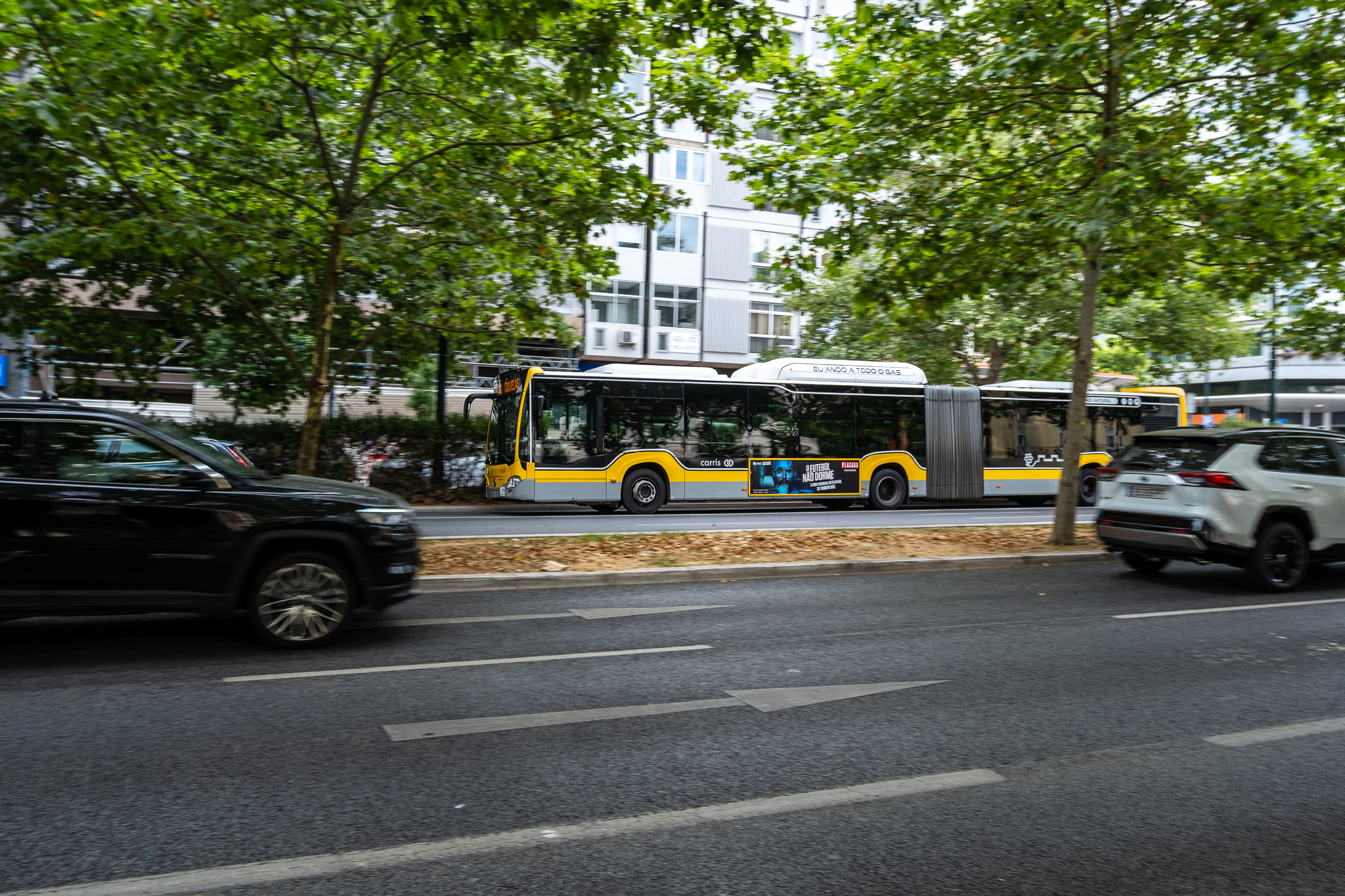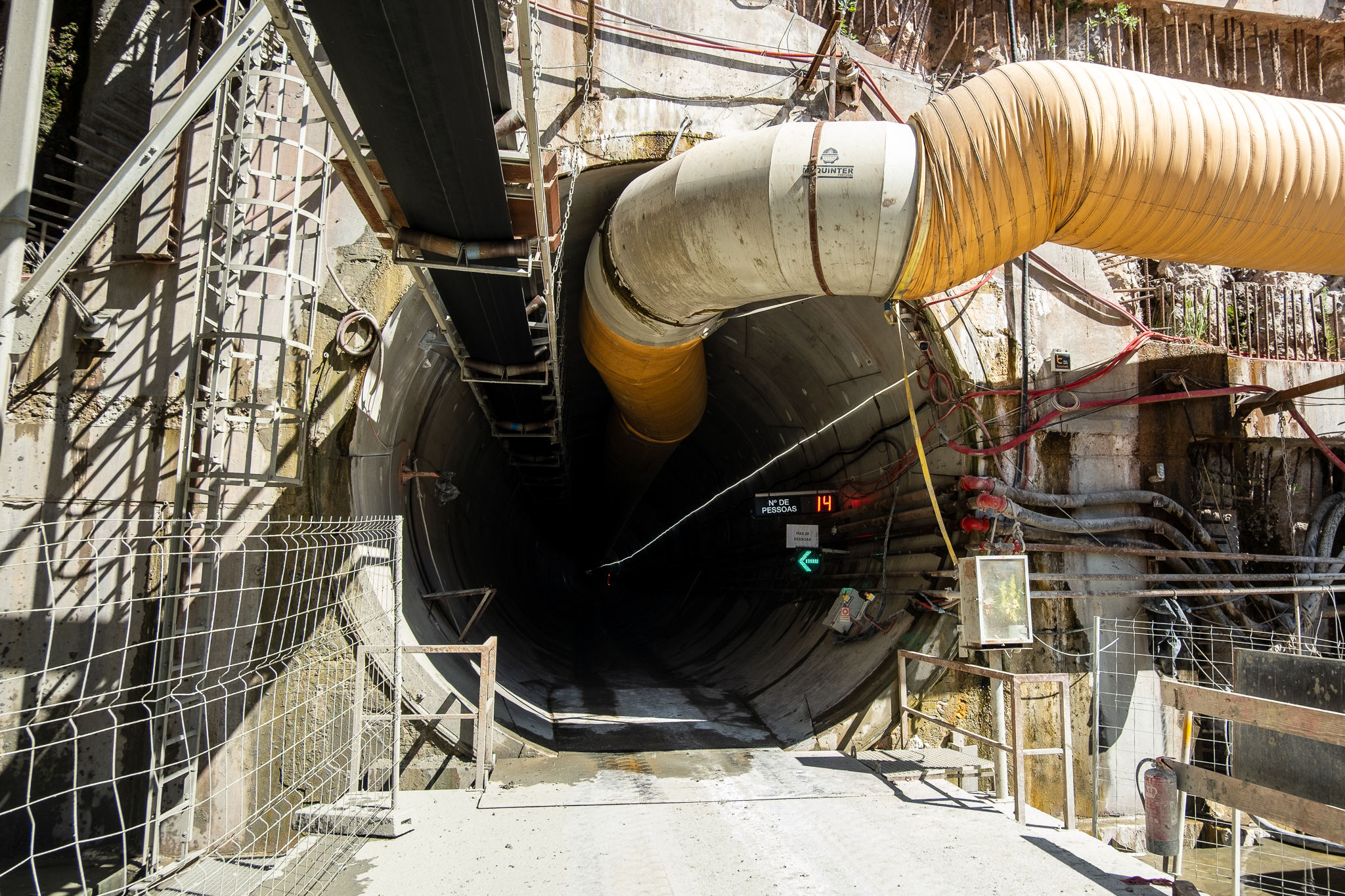
Portugal will have a National Railway PlanA plan that can withstand changes of government and define the priorities for the country's rail network. The Plan doesn't exist yet; what does exist is a political will to create it and some ideas that can serve as a starting point for its discussion - which we want to be open to everyone who wants to be part of it.
“The car is one of the greatest symbols of the hyper-individualistic society in which we live, the train is one of the greatest symbols of a shared community life." This was said by Pedro Nuno Santos, Minister for Infrastructure and Housing, during the event that kicked off the preparation of the National Railway Plan and which took place this Monday at LNEC in Lisbon. The National Rail Plan - said Pedro Nuno Santos - is a "contribution to giving the railroad the centrality it needs in the country", "so that, as we gain financial capacity, we know what the country wants us to do"rather than planning in isolation from a broader strategy whenever such funding arises (particularly from Brussels).
The National Rail Plan (Plano Ferroviário Nacional - PFN) aims to bring together transport operators, local authorities, specialists, rail users and those merely interested in its construction, because, according to the Minister.., the more participatory the process, the more appropriate the resulting Plan will be for the population. Contributions can be made via this link website and from this public discussion (which will take place until July), the government will draft the Plan. Once substantiated, the Plan will once again be debated publicly between October and December. In the first quarter of 2021, the NFP is expected to be finalized in the form of a law by the Council of Ministers, with appraisal and final discussion by the Assembly of the Republic.
The intention is that this National Rail Plan can exist with the same status as the National Road Plan, originally published in 1945, revised in 1985 and 2000, and which establishes Portugal's road communications needs. For Pedro Nuno Santos, it is essential to put an end to the "stop-start" of major railroad projects and to agree on a vision and strategy for the country's railroads. "We don't need a high-speed network. We need a rail network. Period. In some places, the train will go faster and in others, slower, because the realities are different." The Minister also rejected the discussion around the gauge, saying that Spain is not planning to migrate and that the infrastructure built in Portugal is ready for gauge migration "when and if it happens" on the other side.
What is the starting point?
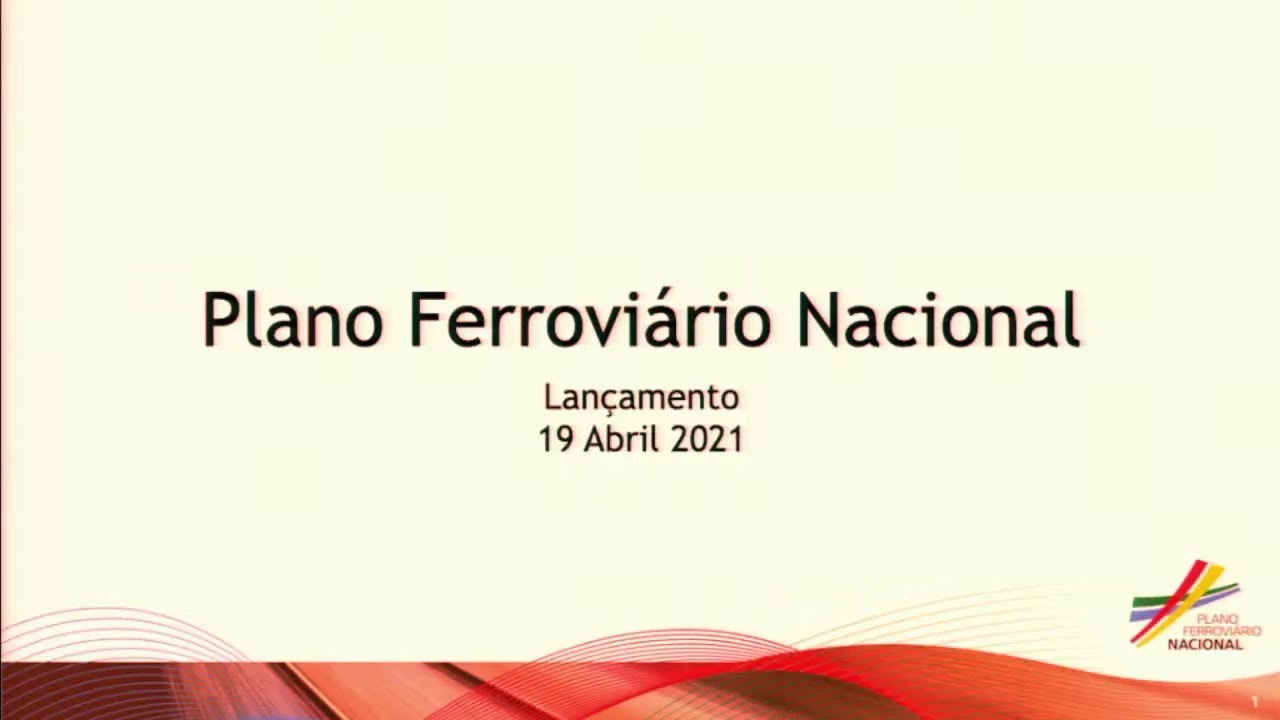
At the meeting to launch the discussion on the National Railway Plan, Frederico Francisco, coordinator of the working group, presented some initial ideas along with some ongoing projects, trying to chart the way forward for the discussion to come:
- a Portugal's current rail network is a "tree"This means that it is difficult to serve the ends of the network with frequent services, as the flows in these places are also reduced. The strategy must therefore include close this network, creating a mesh;
- one of these net closures is ready to open: Guarda and Covilhã will once again be connected by train, through a new 46 km/h stretch which will connect the Beira Alta and Beira Baixa Lines (as long as the Pampilhosa-Guarda section of the Beira Alta Line is not closed for modernization works, which should happen by the end of the year and by June 2022). On the end of 2023 the Évora-Elvas sectionclosing a ring in the Alentejo and allowing high speed between Lisbon and Madridbut also a better rail freight connection between Sines and the neighboring country;

- a future high-speed line between Lisbon and PortoThe line, scheduled for 2030, will connect the two cities in less than 2 hours or 1 hour 15 minutes (with speeds of 250 km/h or 300 km/h, respectively). This line will have stops in Leiria, Coimbra e Aveiro and should be the backbone of the national rail network, a kind of "railway highway" that intersects with the conventional lines (North, West and Minho, and those connected to them) and which will shorten distances in the country: Leiria will be 35 minutes from Lisbon and Coimbra about an hour, for example. But although it runs along the Atlantic axis, the new line between the country's two largest cities will also bring the interior closer to the coast - as an example, can take an hour off the journey between Lisbon and Guarda;
- travel times on the train are important if it is to be a real alternative to the car. The railroad is competitive up to 3 hours awayThe challenge is to place as many cities and points in the country as possible within 3 hours or less of Lisbon and Porto. A third crossing of the Tagus seems inevitable in order to bring the north and south of the country closer together in rail terms, taking half an hour off journeys;


- the train must serve all cities with more than 20,000 inhabitantssuch as Felgueiras, Loulé and Quarteira, as well as connect all district capitals (Bragança, Vila Real and Viseu are outside the current rail network). O train must go to city centersIn other words, with central stations that offer services and are linked to other public transport networks (metro, ferry, bus...) and bike-sharing solutions;

- in general, reactivating lines that have already been closed may not make senseThey were designed in the context of the 19th century, with winding and indirect routes, making them time-consuming and passing through sparsely populated rural areas. They can, however, be useful for regional services;
- in order to put Viseu back on the rail network, a line between Aveiro, Viseu and MangualdeThis could be boosted by the high-speed line between Lisbon and Porto, which could be an exit to Madrid. For the region of Trás-os-Montes, a new route will have to be studied. connection between Porto, Vila Real and Bragançawhich could go on to Zamora in Spain. In Felgueiras, we could be talking about the future Sousa Valley LineThis could include the reactivation of the section of the old Tâmega Line between Livração (Douro Line) and Amarante;


- At the same time, alternative solutions to heavy rail transport can be studied, such as light meters and metrobuses (such as the one being installed on the old Lousã branch line). Rail connections can also be considered in conjunction with road transport, so that with the same ticket, a person can, for example, use the Alentejo Line from Lisbon to Évora and then take a bus to Portalegre. In all, your journey would take less than 3 hours; using only the train - via the North Line to Entroncamento and then the East Line to your destination - the journey (which is possible today) takes more than 4 hours.

Removing cars from cities and roads
Pedro Nuno Santos complemented the presentation by the coordinator of the National Rail Plan working group with a retrospective of the work carried out over the last few years, highlighting:
- o public service contract between CP and the State (the Minister says that CP has a "historic debt" because in the past the state "didn't do his part", not paying the operator for the public service it was providing, but demanding that it provide it);
- a merger between CP and EMEFThis made it possible to bring the public railway operator closer to the company that repaired the rolling stock, which are now the same company;
- a reopening of workshops in Guifões and Figueira da Fozaccompanied by the strategy of recovery of rolling stock that was stranded/abandoned. This option will have saved the state millions of euros compared to the purchase of new equipment. The recovered carriages and locomotives will allow CP to strengthen its offer while the new material already bought is not enough and while there's no money to buy more;
- reducing the number of deletions and the number of graffitied trains: "We all aspire to have the best rail network in the world but if we can get the train to show up, show up on time and be clean, we're already having a great victory"said Pedro Nuno Santos.
"We have many years of catching up to do." The Minister for Infrastructure and Housing has said that he can't hide the fact that he wants to get cars and trucks out of cities and off the roads. If we want to do it, "we have to have heavy rail going to city centers". Using the Sintra Line as an example, Pedro Nuno Santos described that an eight-car train on that line can carry 1,800 passengers, which corresponds to 36 buses and 360 full cars. The Sintra Line currently runs six trains an hour, but with the completion of the quadrupling of this line, we can think about doubling this capacity, in other words, having 12 trains an hour (as the Minister said, we will have to study this figure taking into account the other trains that run on the line).
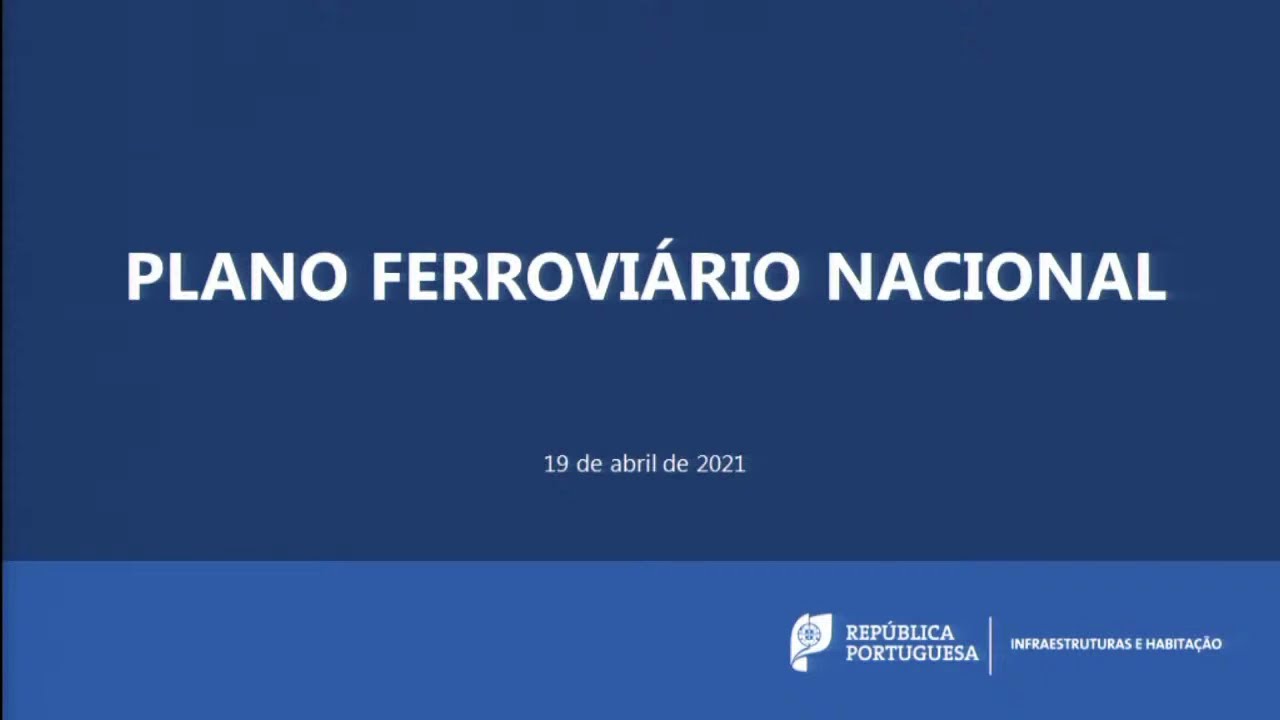
This project is included in the National Investment Program 2030 (PNI2030) and involves the stretch between Areeiro and Gare do Oriente, from two to four tracksas already exists on the stretch between Areeiro and Sintra. To Pedro Nuno Santos, this investment will take cars off the road and out of Lisbon, where he says there are "a very serious mobility problem" that can only be solved "if we have heavy rail transporting more people"and not with "the shift from fossil fuel cars to electric cars".
The political representative pointed out that the train will still not reach all the industrial zones and all the neighborhoods, but that it will be possible not to depend on cars if we have "a public transport system designed and built to allow us to do this" or if we can "taking a bike on the train so we can get somewhere and go about our business without having a car waiting for us". In a speech that was blunt and to the point, Pedro Nuno Santos also stressed the importance of Portugal contributing to the manufacture of trains, the need to invest in rail tourism as a way of making some lines more profitable, and launched a few splinters for the fire: "This country has a chronic problem of dependence on imports. The main component of imports is fossil fuels and we still don't have an electrified rail network. A country that produces renewable energy like few others in Europe, that doesn't have a drop of oil, has for decades financed cars and disinvested in railroads, which could easily be electrified. A country that imports and has disinvested in a means of transportation that would allow the country to depend less on fossil fuels."

